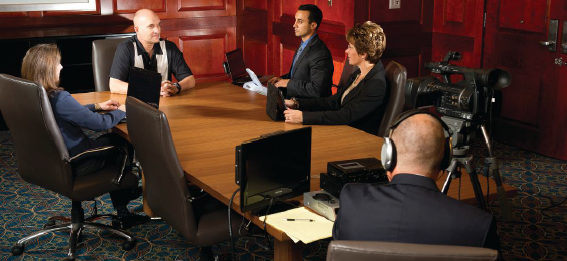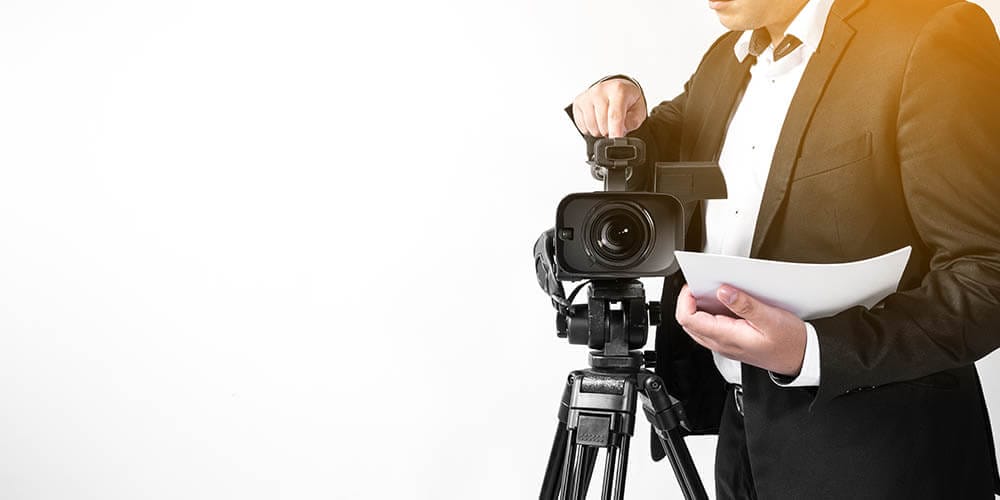Precision-Based Legal Videography for Seamless Evidence Filming.
Precision-Based Legal Videography for Seamless Evidence Filming.
Blog Article
Why Legal Videography Is Vital for Accurate Legal Record-Keeping
In the realm of lawful process, the accuracy of record-keeping is paramount, and lawful videography arises as an important device in this context. As we check out the diverse benefits of lawful videography, one must consider its ramifications for the future of judicial stability and openness.
Importance of Visual Proof
Developing the significance of visual proof in legal process is critical for making sure accurate record-keeping and improving the overall integrity of the judicial process. Aesthetic evidence functions as a crucial tool in recording events, conditions, and other relevant information that may be vital to an instance. Unlike composed accounts, which are at risk to analysis and bias, visual recordings provide an objective, unalterable representation of facts as they happened.


This type of evidence can capture a range of aspects, consisting of witness actions, environmental context, and physical proof, every one of which might affect judicial end results. By presenting a clear and thorough aesthetic narrative, legal videography eliminates ambiguity and aids to preserve the authenticity of the evidence.
In addition, visual proof can be instrumental in decreasing disputes over factual inconsistencies, as it permits a straight comparison versus statement and other documented documents. In a period where electronic modern technology is significantly common, the capability to existing aesthetic evidence efficiently can considerably boost the overall quality of lawful process. Eventually, the incorporation of aesthetic proof not only strengthens the documentation procedure but also strengthens public count on the judicial system by advertising transparency and responsibility.
Enhancing Testimony Reliability
The integration of lawful videography into court room proceedings significantly boosts the credibility of witness statement. By recording the subtleties of verbal and non-verbal communication, video recordings offer an even more detailed depiction of a witness's attitude, feelings, and integrity. This aesthetic paperwork permits jurors to observe the witness's body movement, faces, and general carriage, which are vital components that can influence their perception of testimony integrity.
Moreover, legal videography minimizes the potential for misconception or distortion of statement that might occur in created transcripts. Visitors can see and hear the testimony as it was presented, making sure that the context and tone are maintained. This credibility promotes a greater sense of depend on amongst jurors, that may be more likely to believe testimony that they can witness firsthand.
In addition, the visibility of video footage can discourage witnesses from offering misleading or exaggerated statements, as they are mindful that their testimony is being videotaped. This accountability reinforces the honesty of the judicial process. Ultimately, lawful videography functions as a vital device in ensuring that witness testament is not only properly depicted but likewise viewed with increased trustworthiness by all celebrations included.
Comprehensive Record Conservation
Comprehensive record preservation is necessary for maintaining the integrity of legal process. Legal videography functions as an important device in this process, giving a precise aesthetic and acoustic account of testimonies, depositions, and other turning points in a situation. Unlike standard written transcripts, video recordings article source record the nuances of body language, tone, and emotion, which are crucial for understanding the context and intent behind declarations made throughout lawful process.

In addition, the capability to evaluate video clip proof enables attorneys to determine important details that might have been overlooked in composed records. By maintaining an extensive archive of lawful proceedings through videography, law office can maintain the highest possible criteria of precision and responsibility, ultimately adding to a fairer judicial process.
Enhancing Legal Process
Improving legal procedures is important for boosting performance and reducing delays within the judicial system. Lawful videography acts as a crucial device in achieving this goal by supplying clear and precise visual documentation of court hearings, More about the author depositions, and statements. This technology permits for real-time recording, making sure that all verbal and non-verbal hints are caught, which can facilitate quicker resolution of disagreements.
The integration of videography into lawful procedures lessens reliance on traditional techniques, such as extensive records, which can be taxing to generate and assess. By having accessibility to recorded video footage, attorneys can quickly reference key minutes, boosting their ability to prepare and present instances efficiently. This immediacy likewise helps in the clarifying of statements, decreasing the potential for misconception.
Moreover, visual documentation promotes an extra appealing court experience for jurors, helping them to understand complicated information a lot more easily. Inevitably, legal videography streamlines communication among all events entailed, from lawyers to courts to jurors, consequently promoting an extra efficient judicial procedure (legal videography). In an age where time is essential, welcoming this technology is essential for the contemporary lawful landscape
Admissibility in Court
Exact paperwork is vital not just for performance yet also for making sure that evidence is admissible in court. Legal videography serves as an essential tool in this procedure, offering a dependable visual record of statements, declarations, and occasions. Courts typically require evidence to meet particular requirements of admissibility, including importance, authenticity, and dependability. High-quality video clip recordings can meet these criteria by capturing clear sound and visual information that composed transcripts may ignore.
To be considered acceptable, legal videography should comply with well-known protocols, such as correct devices usage, proper lighting, and clear audio capture. Furthermore, it is necessary to have qualified videographers that recognize the legal needs surrounding evidence collection. The chain of wardship must additionally be maintained to stop any kind of cases of meddling or modification.
Moreover, lawful videography can improve the persuasiveness of proof by providing jurors with a straight view of the testament, permitting a much more engaged understanding of the instance. In summary, the integration of lawful videography right into record-keeping not just supports performance yet also bolsters the integrity and admissibility of proof in court procedures.
Final Thought
To conclude, lawful videography plays a pivotal role in guaranteeing exact lawful record-keeping by giving unbiased aesthetic documents. This approach enhances the reputation of testimonies, preserves comprehensive documents, and enhances legal proceedings. In addition, the admissibility of top quality video proof in court more underscores its significance - legal videography. Eventually, the unification of legal videography into the judicial procedure advertises transparency and boosts public rely on the integrity of the lawful system.
Report this page